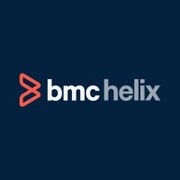BMC Atrium CMDB is still first in class
Overall Satisfaction with BMC Atrium CMDB
We are using the BMC Atrium CMDB to keep track of our assets primarily from the parent host system to individual components such as CPU, software, memory, processor etc. The CMDB is quite easy to customize and thus, this is why I really support the BMC's edition of the CMDB. This helps us track our IT assets, how much they cost, and helps us plan for future upgrades.
Pros
- Managing computer systems & components
- Associating costs and financial data
- Associating Incidents, Changes, Problems, Releases, etc
- Normalizing and Reconciliation Engine
Cons
- Better financial systems, depreciation, chargebacks, etc
- Easier time to customize the forms
- Moving towards a fully chargeback model would help non-IT departments help curb their spend. However, a company needs to be fully mature in order to do this. Without an iron tight process, the CMDB will be quickly filled with garbage. It'll require experienced asset admins to continuously monitor the system.
The number of workflows, escalations, processes built in the out of the box Remedy is outstanding. Trying to mimic/customize an open source, or even Remedyforce would cost more than implementing a vanilla Remedy.
We reviewed ServiceNow but we felt that in terms of an end-to-end implementation tool, Remedy is still first in class.
We reviewed ServiceNow but we felt that in terms of an end-to-end implementation tool, Remedy is still first in class.



Comments
Please log in to join the conversation